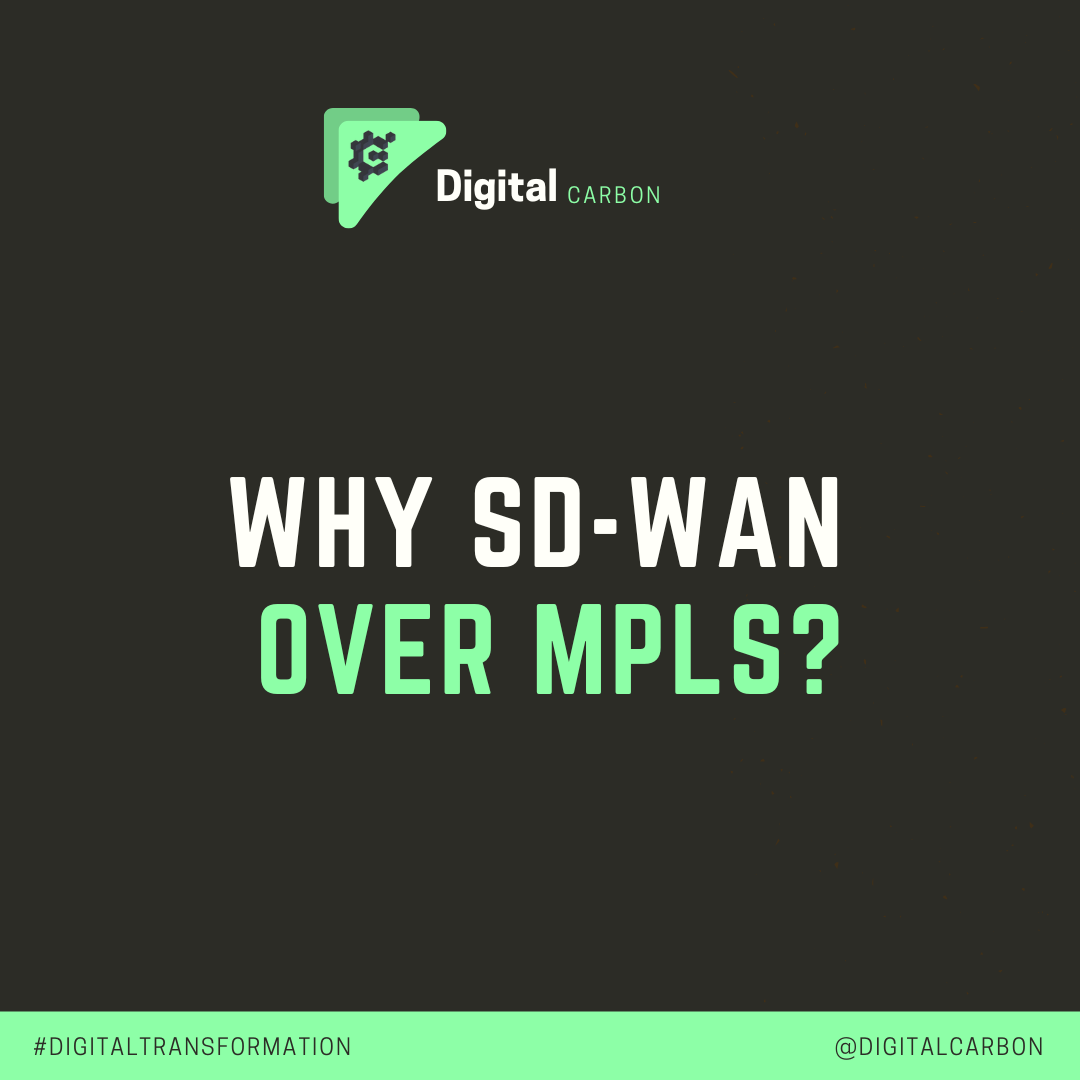What is SD-WAN?
In a cloud-centric world, SD-WAN directs traffic more efficiently. SD-WANs, also known as Software-Defined Wide Area Networks, manage traffic based on authority, security, and quality of service. As a rapidly evolving cloud-based system, SD-WAN directs traffic to ensure the utmost security. Unlike traditional routers, SD-WAN uses cloud technology to increase bandwidth instead of sending information to a data centre.
What is MPLS?
In the early 2000s, MPLS, or Multi-Protocol Label Switching, was developed. Through MPLS, packets, a unit of data, can be delivered efficiently and securely. In addition to delivering high-quality packets without error, MPLS is one of the most reliable systems for working with real-time protocols. Using MPLS, packets are routed through data centres according to a predetermined path. Network packets of business information are sent using routers in this system.
Mains Reason Why SD-wan over Mpls?

1) Cost Analysis
A hub and spoke WAN model that relied on individual MPLS connections was commonly used by organizations to connect remote branches and retail locations to their central data centres in the past. Data, workflows, and transactions were all backhauled to the data centre for processing and distribution, including access to cloud-based services. The cost of this solution is extremely high compared to an SD-WAN solution. Using distributed, private data traffic exchange and control points, SD-WAN offers optimized, multi-point connectivity at a lower cost while providing your users with secure, local access to the services they need – whether it be from the network or the cloud – while securing direct access to the cloud and internet.
2) Security
The most significant difference between SD-WAN and MPLS is security. MPLS indeed offers considerable security measures. Due to MPLS’s ability to exchange packets between the source and the data centre via a managed, secure link, businesses often view it as the safest option. However, traffic still needs to be inspected for malware on top of this secure connection. Using SD-WAN, you can encrypt your entire network, from end to end, for a holistic approach to security. You can send and receive secure data in the cloud and over the Internet using SD-WAN. Using real-time access control, you can also develop policies that take account of the application. Overall, SD-WAN can dramatically improve your network security.
3) Management
Users have minimal responsibility or workload for managing the MPLS network because it’s carrier-managed. Despite this, changes to routing protocols or general maintenance require a dialogue with an ISP, which can be time-consuming and frustrating. Cloud-based SD-WAN applications simplify network management with easy-to-use interfaces, which vendors commonly offer. There are also managed SD-WAN solutions available for those who don’t want to manage their network. Network management applications can provide deep insight into your network, optimize traffic routing dynamically, and support central management and visibility.
4) Performance
With MPLS, you get a guaranteed, fixed level of bandwidth from a performance standpoint. Even though it may sound like an advantage, the problem is that the performance requirements of today’s traffic can be highly unpredictable. Due to this, organizations have to lease MPLS connections for the worst-case traffic load scenario, which means that expensive bandwidth is often unused a lot of the time. At other times, MPLS connections may be hampered by network connectivity due to the continuously increasing volume of data generated by modern networks and devices. Through multiple connections, SD-WAN connections can provide increased capacity when needed. SD-WAN adapts bandwidth and other services based on applications. It provides precise load balancing between several parallel connections.
Conclusion:
Now, you know why are companies using SD-WAN. Businesses seeking a secure network connection benefit from SD-WAN’s enhanced user experience. The SD-WAN provides seamless, secure connections to a variety of public clouds, extending the reach of traditional WAN. When most applications are hosted in the cloud, packet loss is minimized, and a business can run efficiently. Additionally, SD-WAN allows users to be as free as they want. In general, MPLS restricts users’ choices of ISPs. Since MPLS requires a dedicated MPLS provider at every location, you’re often stuck with one provider. Ultimately, you’ll have to decide whether to use MPLS or SD-WAN. It’s important to note that each plan has unique benefits, but SD-WAN offers the most advantages regarding speed, performance, and security. Secure, high-speed Internet connections are now possible with SD-WAN.


